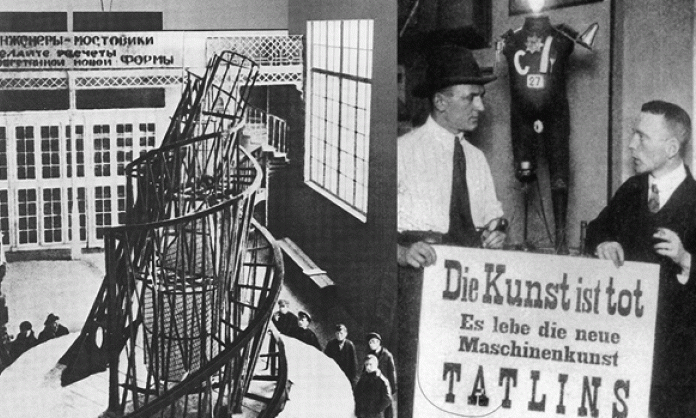“Art is shit.” So proclaimed the Berlin Dadaists, an avant-garde art movement, in 1919. The Dadaists were reacting against art that viewed itself as above the fray of a society being torn apart in bitter class struggle. The situation is similar today.
Another auction in which tens of millions of dollars are paid by private collectors and investors for paintings by long-dead “masters”. Another opening patronised by a small, culturally homogeneous elite, sipping champagne as they bask in their sense of superiority. The official art world, increasingly dominated by the deep pockets of rich donors, collectors and investors, appears as an affront to the reality of global economic, social and environmental crisis.
Capitalism is killing art. “Creativity” and “imagination” become only the stuff of marketing campaigns, corporate value statements and key selection criteria . The reality is that money rules. The art market rises – art, and artists, fall.
“Art is dead” was another favourite slogan of the Dadaists. “Today the cleaning of a gun by a Red soldier is of greater significance than the entire metaphysical output of all the painters”, wrote leading Dadaists John Heartfield and George Grosz in their 1920 polemic “Der Kunstlump” (Art Scoundrel).
Art is dead, or rapidly dying, to the extent that it is reduced to a commodity – a setting for the pantomime of empty luxury that constitutes everyday life for the super rich. The task is to rescue it for the people – to bring it back to the streets where it belongs.
The Dadaists provide us with an example of how to do it in practice. Despite the occasional rhetorical flourish lauding the “Red soldier”, in Germany’s revolutionary years from 1918 to 1923 the weapon of choice for figures like Heartfield and Grosz remained the brush and the pen.
Having joined the German Communist Party during its founding conference in 1918, they forged a new kind of art – one that, rather than attempting to “stand above the fray”, found its home in the day to day struggles of workers in their fight for liberation from the exploitation and violence of capitalism.
Theirs was an art of and for the street. An art that pulled no punches in its portrayal of the ugly realities of a society teetering on the brink of self-destruction. An art that drew its strength from the rage at injustice, the sorrows of a people crushed under the boot of oppression and the joys of victories gained in the course of collective struggle.
In their determination to ensure their art was accessible to a wide audience, they were also great aesthetic innovators. The use of montage, the harvesting of signs and symbols from advertising and mass media – all this helped break through the crust of conservatism and open a space for the flourishing of new techniques and forms that characterised the Weimar era (from Brecht to Bauhaus and beyond).
This is the kind of blast of fresh-air that art needs today. Out of the galleries and into the streets!











